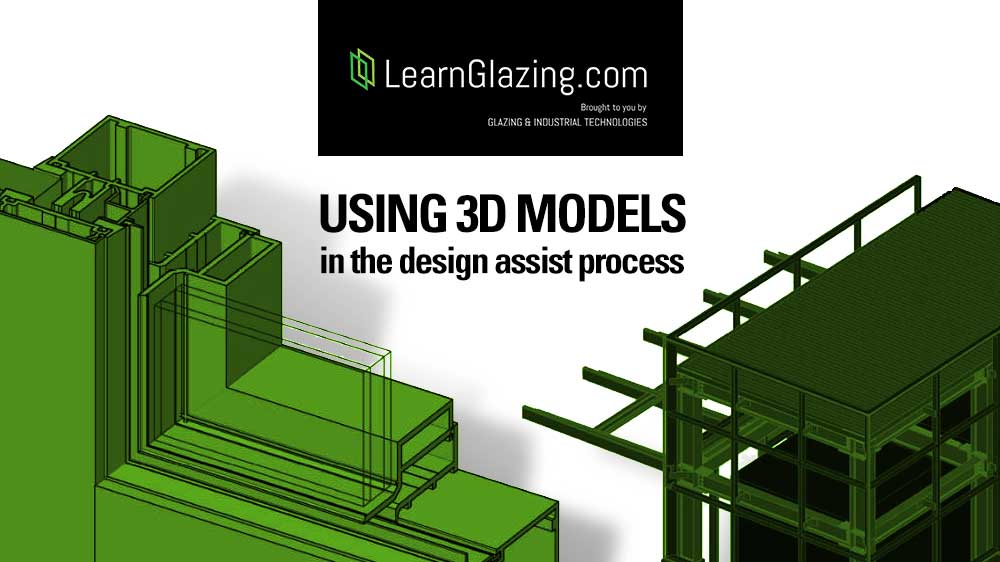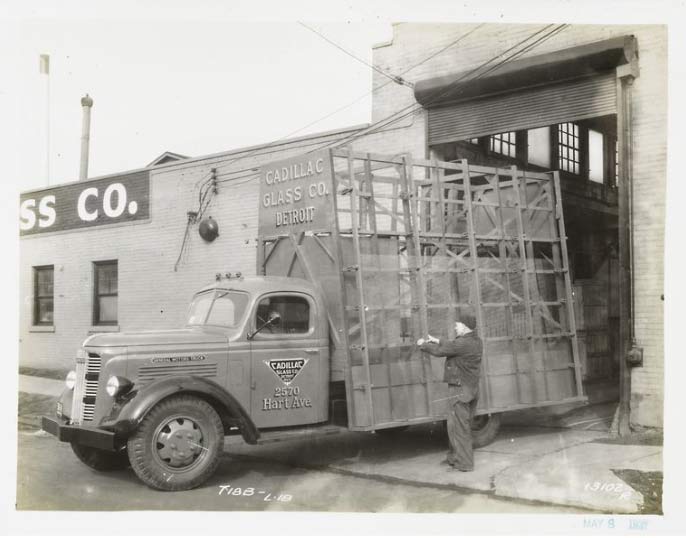
Using 3D models in the Design-Assist Process
Using 3D Models in the Design-Assist Process Utilizing your 3D resources during the design-assist process is an excellent way to foster communication among your team. Design-assist directly involves the architect, contractor, and subcontractors in the...
Read the Full Article
